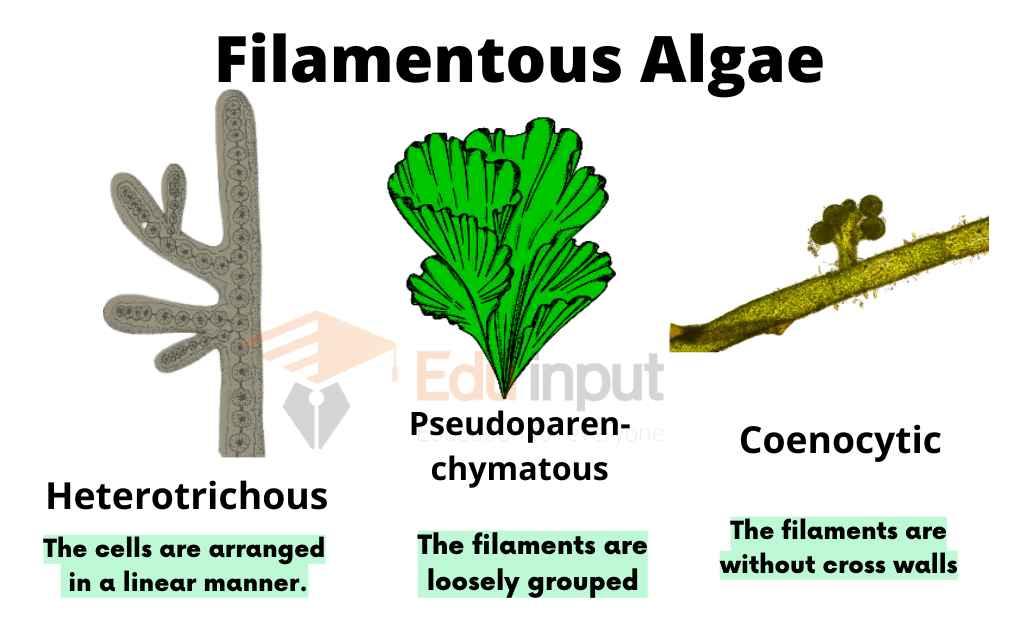What is the Economic Importance of Lichens?
Lichens are a type of fungus that grows symbiotically with algae. They are commonly found growing on trees or rocks in temperate climates. Lichens are often mistaken for mosses because they look similar.
Lichens are a group of organisms that form a mutualistic relationship with another organism. The lichen forms a protective layer over its partner, providing them with protection from harsh weather conditions and predators.
Economic Importance of Lichens
Lichens play a vital role in different industries, which are explained below:
1. Role of Lichen in Food Production
Lichens are eaten by many different cultures across the world. Some are used as a staple food. But lichen polysaccharides are generally indigestible to humans. Some fiches usually contain mildly toxic secondary compounds Very few lichens are poss. Most poisonous lichens are yellow.
In the past, people in northern Europe used Iceland moss (Cetraria islandica) as food. They cooked it in different ways, such as bread, porridge, pudding, soup, or salad. In North America and Siberia, indigenous people would partially digest lichen. Umbilicarta excellent is a traditional ingredient in Korean and Japanese dishes.
2. Role In Nitrogen Fixation
The algal part of many lichens contains cyanobacteria. Cyanobacteria are involved in the nitrogen cycle. This nitrogen increases the fertility of the soil.
3. Role of Lichen Lichenometry
Lichenometry is a tool for scientists to use in order to learn the age of rocks that are on the surface. The size of lichen is what this process is based on. It can be helpful in fields like archaeology, paleontology, and geomorphology.
4. Role of Lichen Biodegradation
Lichens are often found on trees, and they can also degrade polyester resins. Not only that, but they can accumulate several different types of environmental pollutants such as lead, copper, and radionuclides.
5. Role of Lichen As bioindicators
Lichens are used as bioindicators. These are used to measure atmospheric pollution. The algal component of lichens is sensitive to SO. Thus it is used to monitor the air quality of a particular area.
6. Role of Lichen As dyes
Many lichens produce secondary compounds and pigments. These compounds have great economic importance as dyes like cudbear or primitive antibiotics. The pit indicator (indicated acidic or basic) in the litmus test is a dye extracted from lichen.
7. Role Of Lichen In Antibiotic Metabolites
Lichens produce metabolites that can be used medicinally. Most of these metabolites are structurally and functionally similar to broad-spectrum antibiotics. A few of them are associated with antiseptics. Usnic acid is the most commonly studied metabolite produced by lichens. It is effective against tuberculosis and bacteria such as Escherichia coli and Staphylococcus aureus. Thus, it is used as an antimicrobial agent.
8. Role Of Lichen In Traditional Medicine
Lichens are also used in nonscientific traditional medicine practices of many cultures. In Europe, Lobaria pulmonaria was collected in large quantities as a medicine. Similarly, Peltigera leucophlebia is used to cure thrush.

 written by
written by 


Leave a Reply